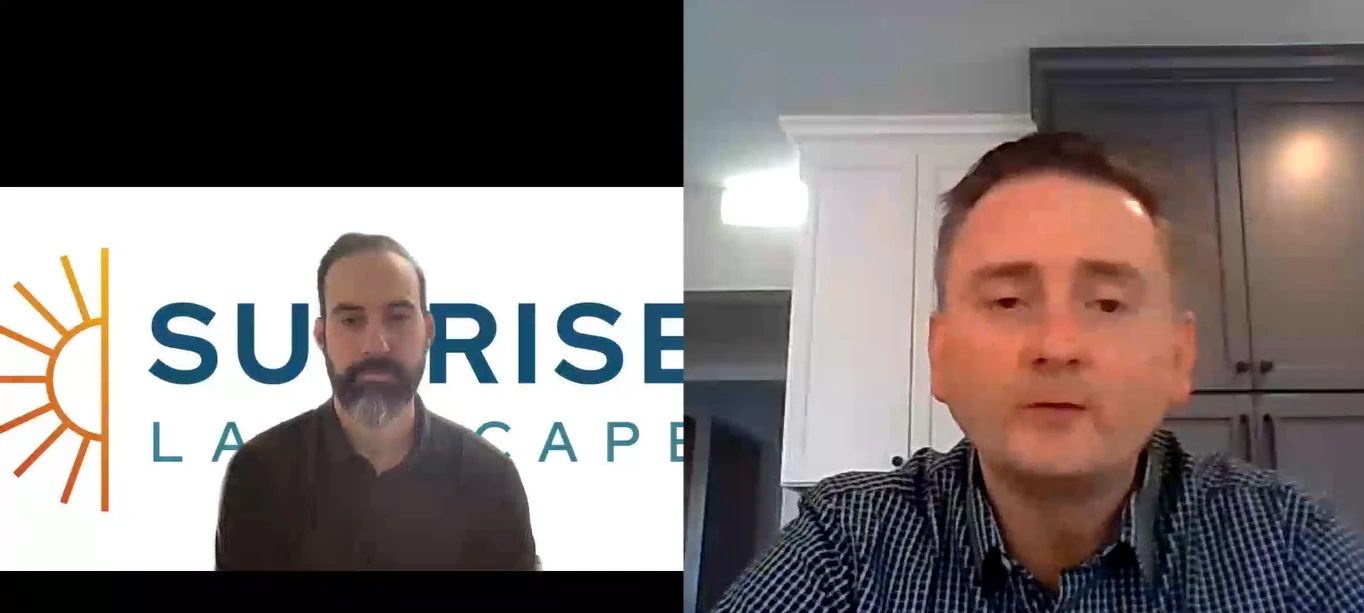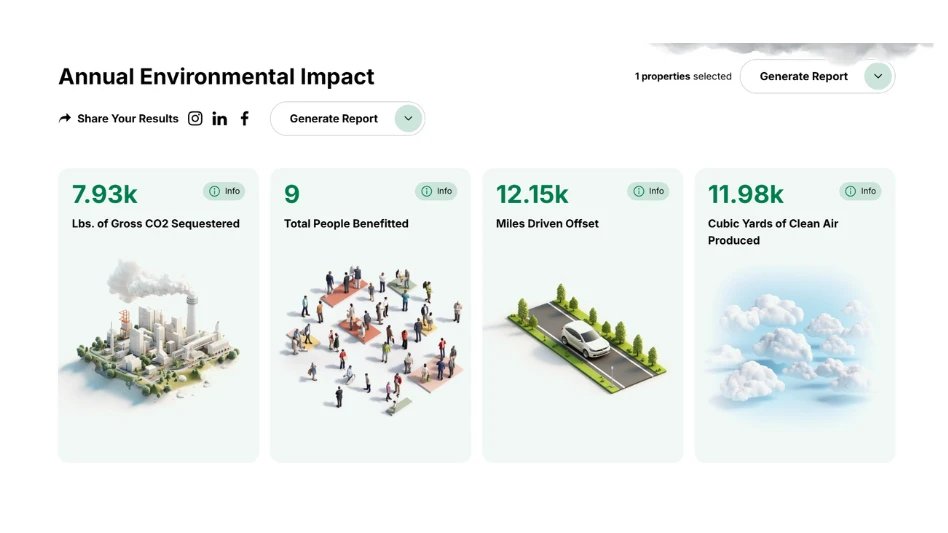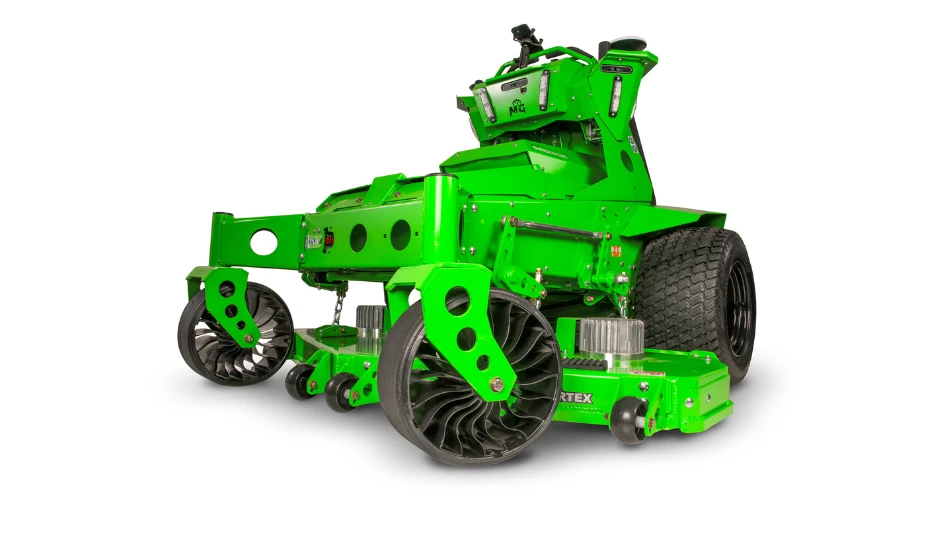 There are many activities skilled tradesmen do well because they’re trained properly and do these activities every day as part of their job. But to truly maximize their performance, some believe that these tradesmen need a deeper understanding of the tools and materials they work with.
There are many activities skilled tradesmen do well because they’re trained properly and do these activities every day as part of their job. But to truly maximize their performance, some believe that these tradesmen need a deeper understanding of the tools and materials they work with.
This is true for landscape contractors as well those who install and maintain irrigation systems. Understanding exactly how the internal components work can develop their troubleshooting skills and help them avoid common mistakes when installing these systems.
Take backflow preventers, for instance. According to Paul Wait, national irrigation sales manager for Zurn Engineered Water Solutions, their primary function is to stop the unwanted reversal of flow from an irrigation system into a domestic system.
“If you’re irrigating turf, there are animals and critters that can leave fecal matter on it,” says Wait. “If there was reversal of flow and you didn’t have a backflow preventer, that bacteria could get sucked into the water supply and back into the potable supply.” One thing contractors should look for when buying a backflow preventer is how easy they are to service.
Buying a cheaper one to save a few bucks at the counter might actually be more expensive considering that it will probably have to be repaired year after year.
“The cost of parts and the time it takes for someone to repair it varies from manufacturer to manufacturer, so understanding the life cycle cost of the backflow preventer is crucial,” says Wait.
As far as valves go, Todd Polderman, product manager for Hunter Industries, calls them the “heart” of any irrigation system responsible for controlling the main water supply feeding the system and keeping it there until they receive a command to open from a controller or are manually opened.
“Once opened, the valve supplies water through lateral pipes and out to sprinklers or drip emission devices,” Polderman says.
“When the prescribed time to run is complete, the valve will be told to close by the controller.
The valve then returns to the closed position, isolating the main water supply until irrigation is needed.”
Polderman says contractors should seek out the highest quality valves known for their quality and performance.
How will they know which valves these are? Ask the distributor salesperson or counterperson.
“Nobody knows better than them which valves are performing well and which ones aren’t,” Polderman says. “With much similarity in published specifications, it’s all about a valve that doesn’t require a callback.”
If valves are the heart of an irrigation system, controllers are the brain that automatically operate the system.
Craig Borland, product manager for Toro Irrigation, says they range from a low level for the average homeowner for four sprinkler zones up to one that would handle a 50- to 100-acre HOA.
“You can set the day and length of time and the specific time you want it to run at,” he says. “You could even install a weather station where the weather would dictate what the plants need via evapotranspiration.”
|
Don’t let greywater give you the blues
This material is designed to handle chemicals such as chlorine that are prevalent in this type of water. The Filter Sentry device scrubs the diaphragm filter screen twice during each valve cycle to keep the valve operating in water with debris. And the Filter Sentry system is part of the diaphragm so it can be integrated into non-filter sentry ICV valves should the water supply change. Craig Borland, product manager for Toro, also says that it’s all about the rubber when it comes to valves. “Some of the chemicals (in greywater/reclaimed water) are harsh and you have to be careful with standard valves, asking yourself, ‘What rubber is in it?’” Borland says. “Some valves are better suited to greywater than others.” Borland says you also need to be aware of particulates. “Are you pulling from city water? Or a lake, river or well? With lakes, rivers and wells, you have to be careful of particle size in valves.” When it comes to general specifications for valves, Craig Borland, product manager for Toro Irrigation, said it varies from valve type to brand to company.
“Size the valve properly to the range the valve is designed for and for what the demand is on that zone,” Borland says. Performance specifications for backflow preventers vary from region to region, Wait says. Some are dictated by state code, while others are specified at the county level. The specs are given for the three types of backflow preventers: pressure vacuum breaker (PVB), reduced pressure principle (RP or RPZ) and the double-check. But all follow the specs for compliance offered by groups such as the American Water Works Association and the American Society of Sanitary Engineers. |

Explore the October 2012 Issue
Check out more from this issue and find your next story to read.
Latest from Lawn & Landscape
- Connect, Control & Conserve with Horizon Technical Services
- Use Horizon's Parts Hotline
- How I built a Top 100 company
- Horizon’s Exclusive TurfGro Fertilizer
- Grow your business with mosquito control
- LandCare adds 2 branches in SoCal, promotes Aleman to branch manager
- Spray them away
- PERC helps debut propane direct-injection fuel system at ACT Expo 2025
 Greywater can present challenges to irrigation systems since this type of water is generated from activities such as laundry, dishwashing and bathing, and typically contains phosphates. If those phosphates are filtered out properly, then there are no issues with backflow preventers and pressure reducing valves. Reclaimed water or former wastewater (sewage) that’s treated to remove solids and certain impurities can also cause headaches. But surface water can present some challenges, too, says Paul Wait, national irrigation sales manager for Zurn Engineered Water Solutions. Inlets for pipes and pumps generally reside in areas where minerals are easily sucked into the irrigation system. When that happens, you introduce higher calcification and very fine sediment. “That’s just like sandpaper going through the valves, and it wears components down,” says Wait. There are specialty components, however, that are specifically designed for use in secondary water sources such as treated, reclaimed water. For example, Hunter Industries has a special valve called the ICV with Filter Sentry. The ICV has a special diaphragm made of EPDM (ethylene propylene diene monomer) rubber in the diaphragm and diaphragm seat.
Greywater can present challenges to irrigation systems since this type of water is generated from activities such as laundry, dishwashing and bathing, and typically contains phosphates. If those phosphates are filtered out properly, then there are no issues with backflow preventers and pressure reducing valves. Reclaimed water or former wastewater (sewage) that’s treated to remove solids and certain impurities can also cause headaches. But surface water can present some challenges, too, says Paul Wait, national irrigation sales manager for Zurn Engineered Water Solutions. Inlets for pipes and pumps generally reside in areas where minerals are easily sucked into the irrigation system. When that happens, you introduce higher calcification and very fine sediment. “That’s just like sandpaper going through the valves, and it wears components down,” says Wait. There are specialty components, however, that are specifically designed for use in secondary water sources such as treated, reclaimed water. For example, Hunter Industries has a special valve called the ICV with Filter Sentry. The ICV has a special diaphragm made of EPDM (ethylene propylene diene monomer) rubber in the diaphragm and diaphragm seat..gif) “You used to be able to easily say that a 1-inch valve was capable of 10-50 gallons per minute (GPM), but manufacturers have changed valve designs and gotten fancy,” Borland says. According to Borland, valves need to have a minimum of 10 PSI coming in or they won’t function. Some drip valves will go as low as .2 GPM. A standard one-inch residential valve needs to have a minimum of 5 GPM. Toro has a three-inch valve that can handle up to 300 GPM safely. Other 3-inch valves can only handle 250 GPM. Hunter Industries’ commercial valves can handle flow ranging from .1-300 GPM at 220 PSI, and their residential/light commercial valves have flow capabilities as low as .2 GPM up to 200 GPM at 150 PSI.
“You used to be able to easily say that a 1-inch valve was capable of 10-50 gallons per minute (GPM), but manufacturers have changed valve designs and gotten fancy,” Borland says. According to Borland, valves need to have a minimum of 10 PSI coming in or they won’t function. Some drip valves will go as low as .2 GPM. A standard one-inch residential valve needs to have a minimum of 5 GPM. Toro has a three-inch valve that can handle up to 300 GPM safely. Other 3-inch valves can only handle 250 GPM. Hunter Industries’ commercial valves can handle flow ranging from .1-300 GPM at 220 PSI, and their residential/light commercial valves have flow capabilities as low as .2 GPM up to 200 GPM at 150 PSI.




